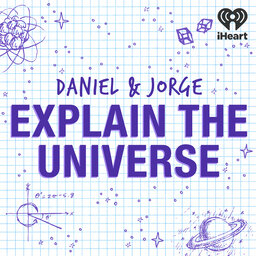What is Bose Einstein Condensate
Have you heard of "Bose Einstein Condensate" but never really understood it? D&J break it down for you.
Learn more about your ad-choices at https://www.iheartpodcastnetwork.com
See omnystudio.com/listener for privacy information.
 Daniel and Jorge Explain the Universe
Daniel and Jorge Explain the Universe


